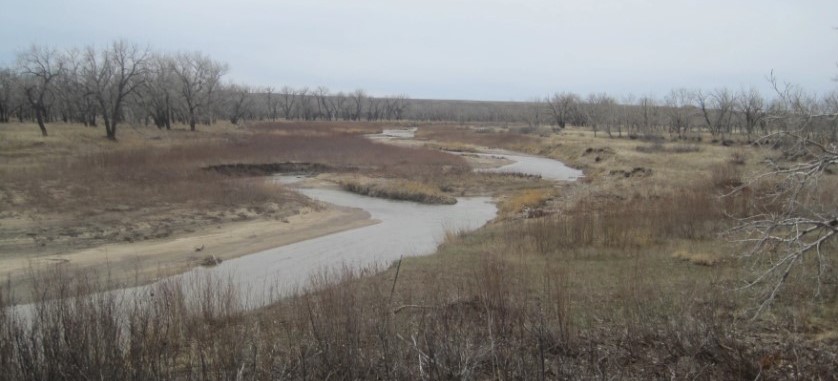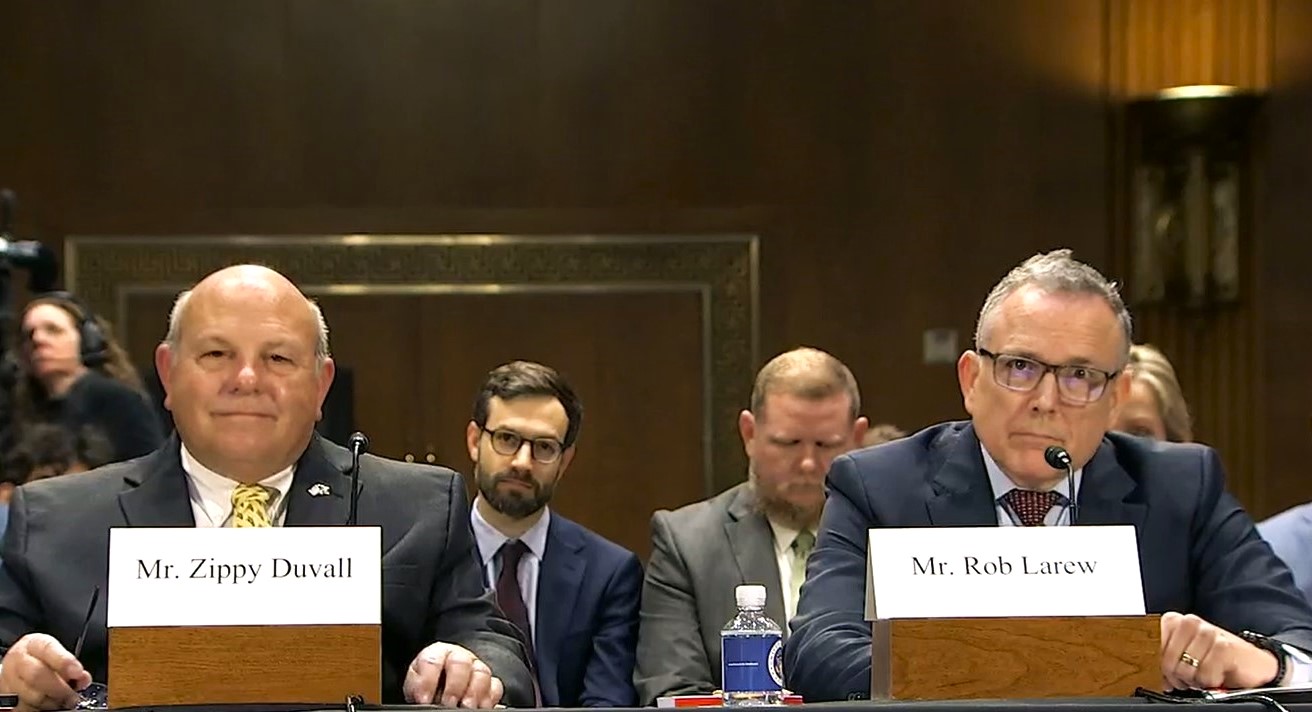PIERRE, S.D. – About 80% of the rivers, streams and lakes tested in South Dakota are too polluted for at least one of their intended uses.
The state Department of Agriculture and Natural Resources recently released the final draft of its 2024 report on surface water quality.
The state has criteria to ensure a body of water is safe for its assigned uses. That means a lake where people swim and fish may have a stricter standard than a creek that’s rarely used for recreation.
The percentage of sites not supporting all of their intended uses is about the same as the last report in 2022.
The report is required as part of the federal Clean Water Act and is reviewed by the Environmental Protection Agency.
 South Dakota Considers Mandating Buffer Strips 〉
South Dakota Considers Mandating Buffer Strips 〉
State Needs More Incentives To Keep Ag Waste Out Of Water, Regulators Say 〉
South Dakota’s rivers and streams span 11,929 miles, with an additional 135,128 miles of streams that are dry at least part of the year. Of these, 6,148 stream miles were evaluated over the last five years, and 22% were clean enough to support all of their assigned beneficial uses. Those could include fishing, swimming, irrigation or supplying domestic water, among other uses.
Causes of river and stream pollution include runoff bringing too much soil and other solids into the water, and E. coli contamination from livestock and wildlife waste.
The report also covers the state’s 577 lakes and reservoirs, of which 180 have been assessed. Eighty percent of tested lakes were too polluted to support all of their assigned beneficial uses, and the report primarily blames mercury detected in fish.
Mercury levels in freshwater fish across the U.S. are rising due to more mercury in the atmosphere as a result of coal combustion and other human activities.
Agriculture also contributes to lake pollution, according to the report: “These lakes have sizeable watersheds of nutrient-rich glacial soils that are extensively developed for agriculture. Runoff carrying sediment and nutrients from agricultural land is the most significant source of nonpoint pollution.” Nonpoint pollution comes from many sources via runoff, as opposed to a single point source like a factory.
The report includes public comments that were submitted about the draft report. Two groups, including the Environmental Protection Agency, shared their thoughts. The EPA praised the state for finishing the report but suggested making the data easier to understand.
Jay Gilbertson, speaking for the East Dakota Water Development District, raised some questions. He noted a portion of the report that says South Dakota “primarily” uses volunteer efforts to prevent pollution from runoff, like when rain washes waste from livestock feedlots into waterways.
Gilbertson said the word “primarily” made it sound like regulatory enforcement is also used, but he doesn’t know of any examples of that happening. He suggested the report should either drop the word “primarily” or change it to “exclusively.”
The state changed the report to say it “encourages volunteer efforts.”
Among other comments and questions, Gilbertson also said the report indicates the state didn’t get any information from the Department of Game, Fish and Parks or any group that monitors beaches in the state. He found it worrisome that one state department wouldn’t share needed data with another, especially since it could affect public safety.
The state’s response to that was a single word: “Noted.”
Gilbertson told South Dakota Searchlight that the state’s binary “pass-fail” approach to the water quality report masks some progress. He said along the Big Sioux River, for example, the state financially incentivizes better livestock waste management and the planting of grass buffers to filter out waste before it reaches the water, which has improved the water quality.













